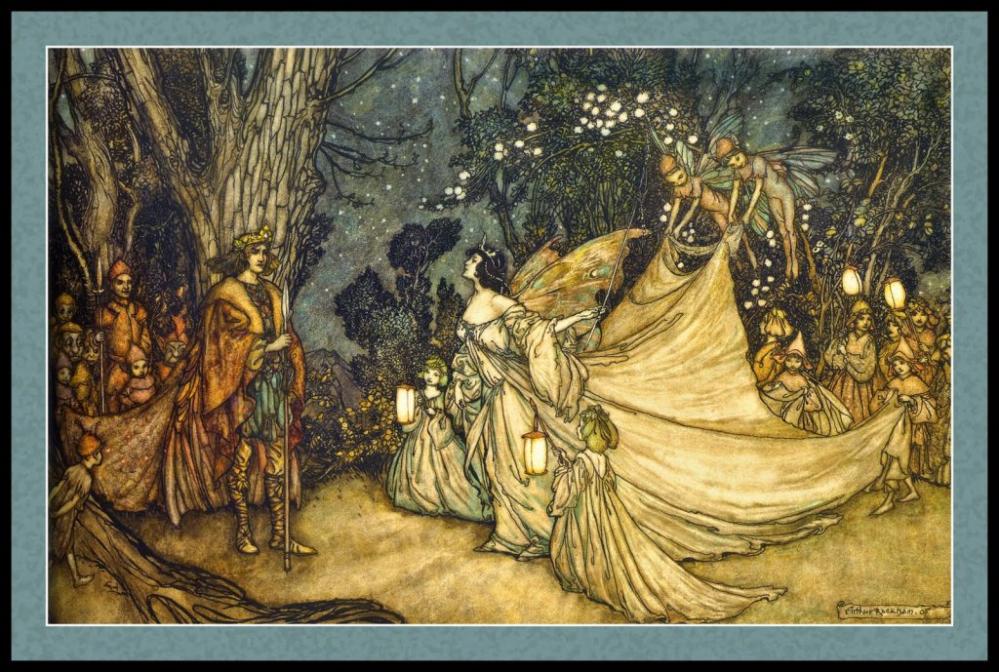What are the key themes explored in A Midsummer Night's Dream, and how do they relate to the play's historical and cultural context?
A Midsummer Night's Dream, a timeless classic of English literature, has captivated audiences for centuries with its enchanting blend of love, magic, and mistaken identities. This enduringly popular play delves into several key themes that are deeply rooted in its historical and cultural context, offering insights into the Elizabethan era and the human condition.

I. Love And Marriage
A Midsummer Night's Dream explores the complexities of love and the pursuit of romantic fulfillment. The play presents a diverse array of relationships, from the passionate love between Demetrius and Hermia to the playful affection between Titania and Oberon. Through these relationships, Shakespeare examines the irrationality of romantic passion, the conflict between love and reason, and the challenges of finding true love in a world of social conventions.
- The play's exploration of love reflects the Elizabethan cultural context, where arranged marriages were common and romantic love was often idealized.
- Shakespeare's portrayal of the irrationality of romantic passion aligns with the Elizabethan belief in the power of love to overcome all obstacles.
II. Identity And Transformation
A Midsummer Night's Dream delves into the theme of identity and the transformative power of love and magic. The characters undergo significant journeys of self-discovery as they navigate the enchanted forest and encounter various magical beings. Dreams and illusions play a crucial role in shaping their perceptions of themselves and others, leading to unexpected transformations and revelations.
- The play's exploration of identity reflects the Elizabethan fascination with metamorphosis and the belief in the supernatural.
- The characters' journeys of self-discovery mirror the Elizabethan preoccupation with self-knowledge and the search for one's true identity.
III. Social Hierarchy And Class Conflict
A Midsummer Night's Dream examines the theme of social hierarchy and the tensions between different social classes. The play presents a microcosm of Elizabethan society, with its rigid social structures and class distinctions. The interactions between the Athenian nobles, the mechanicals, and the fairies highlight the prejudices and misunderstandings that arise from social inequality.
- The play's critique of social hierarchy reflects the Elizabethan concern with maintaining social order and stability.
- The portrayal of the mechanicals as both comical and capable challenges the Elizabethan notion of social hierarchy.
IV. Nature And The Supernatural
A Midsummer Night's Dream explores the relationship between nature and the supernatural world. The forest serves as a place of enchantment, mystery, and transformation, where fairies and other mythical creatures interact with the human characters. The play delves into the Elizabethan fascination with the natural world and the belief in the existence of fairies and other supernatural beings.
- The depiction of the forest as a magical realm reflects the Elizabethan belief in the interconnectedness of nature and the supernatural.
- The portrayal of fairies and other mythical creatures draws upon Elizabethan folklore and mythology.
V. Conclusion
A Midsummer Night's Dream's enduring relevance lies in its exploration of universal themes that resonate with audiences across time and cultures. The play's insights into the complexities of love, the transformative power of identity, the tensions of social hierarchy, and the relationship between nature and the supernatural continue to captivate and inspire readers and theatergoers alike. A Midsummer Night's Dream stands as a testament to Shakespeare's genius and his ability to craft timeless stories that reflect the human condition.
YesNo

Leave a Reply